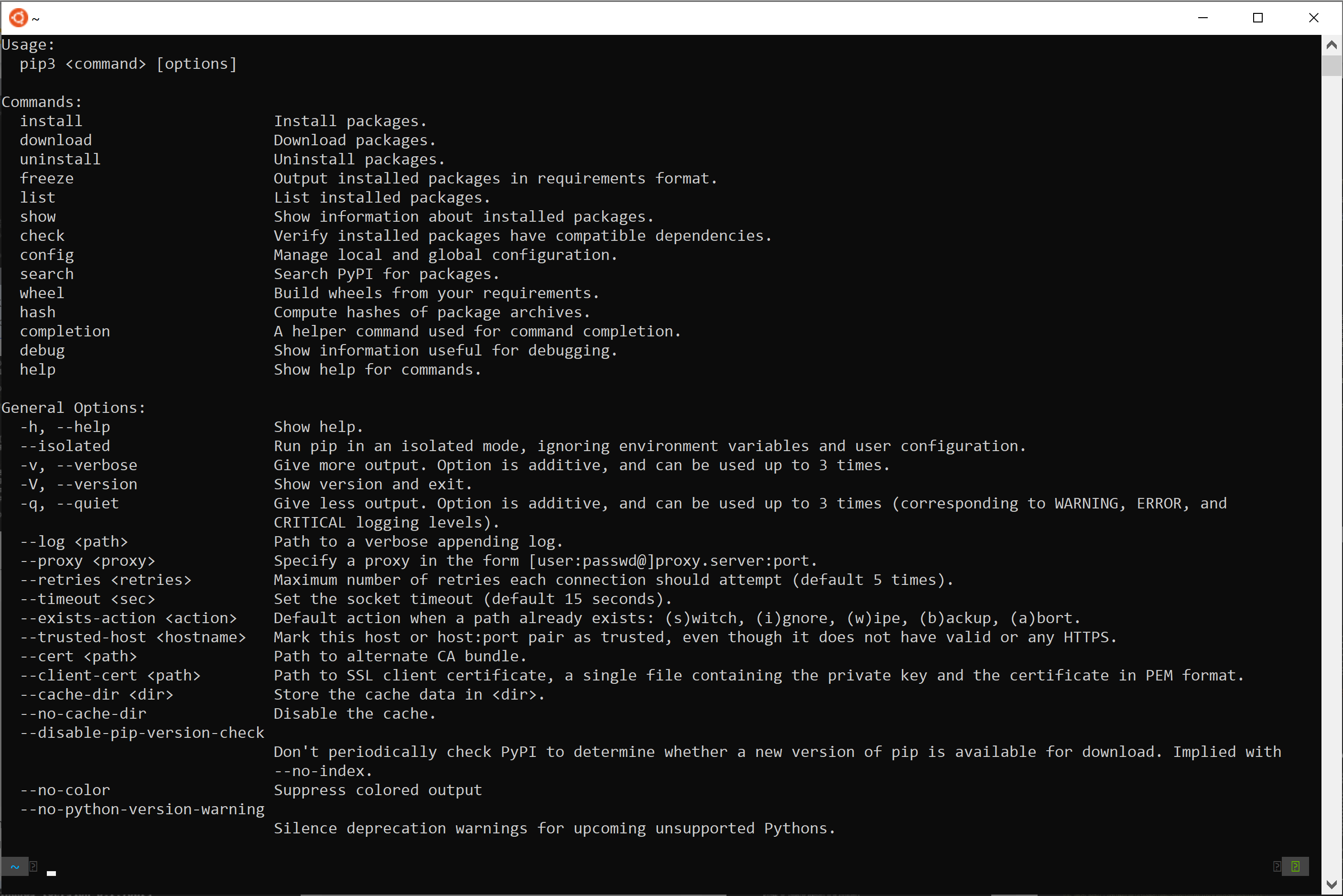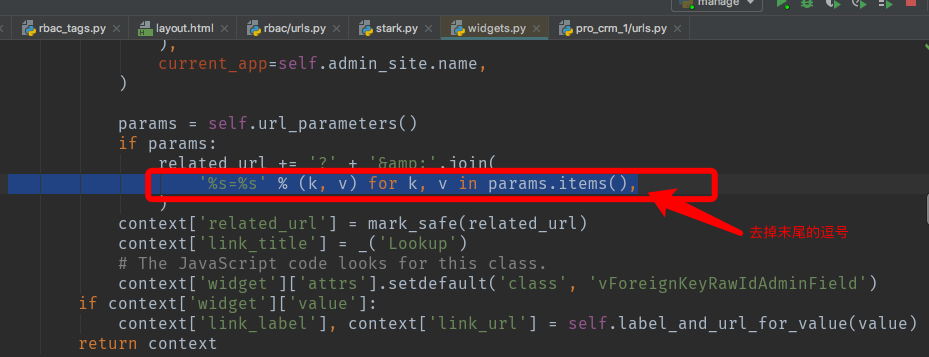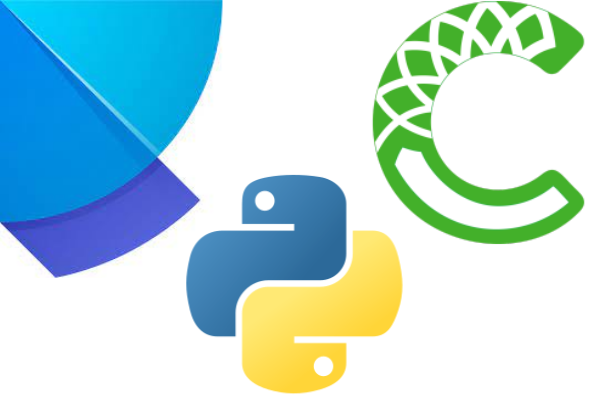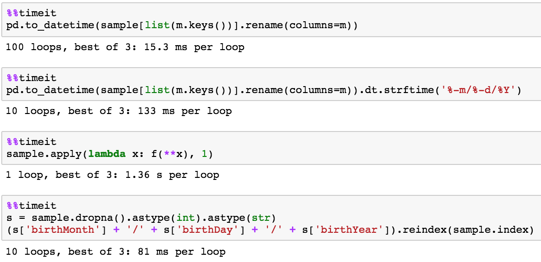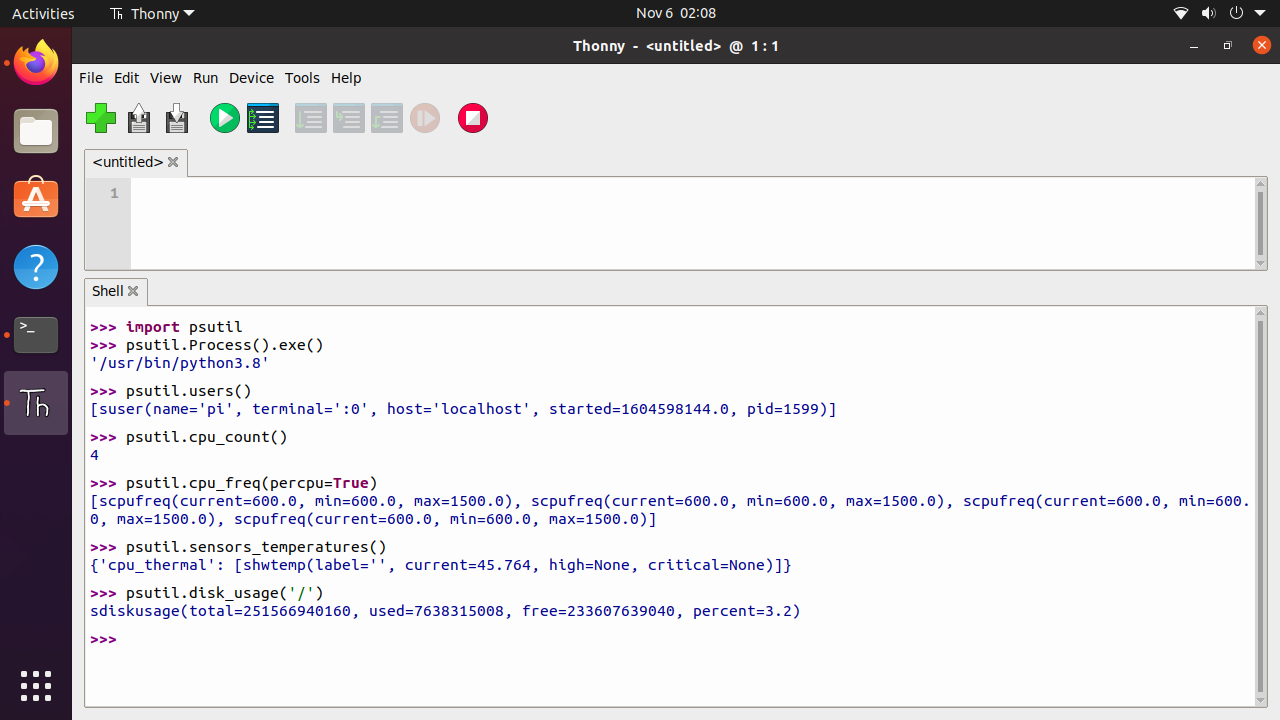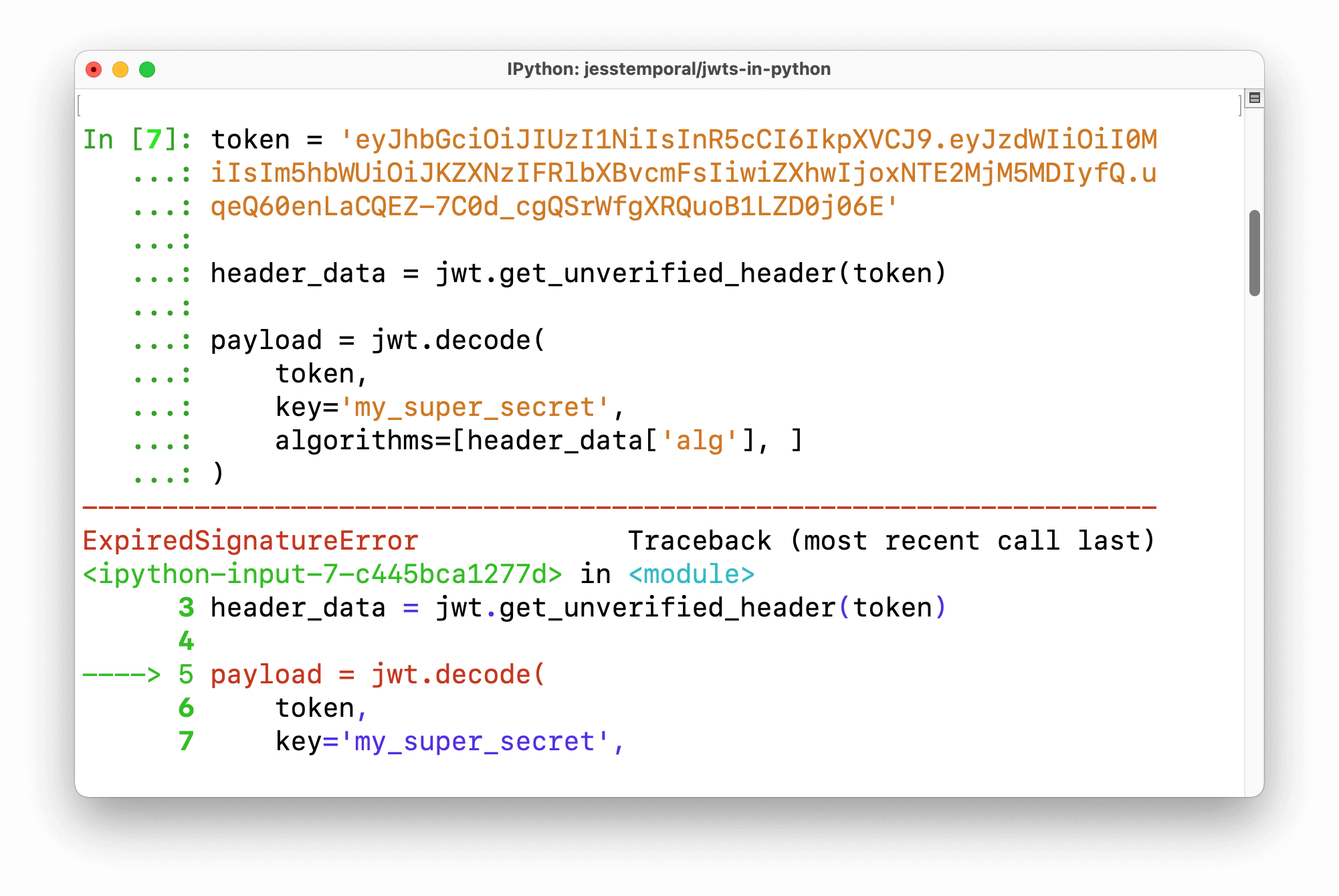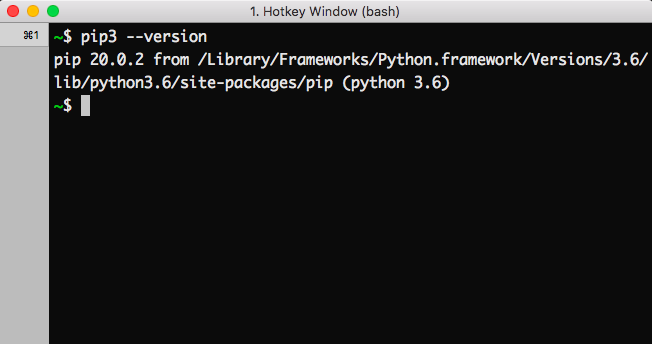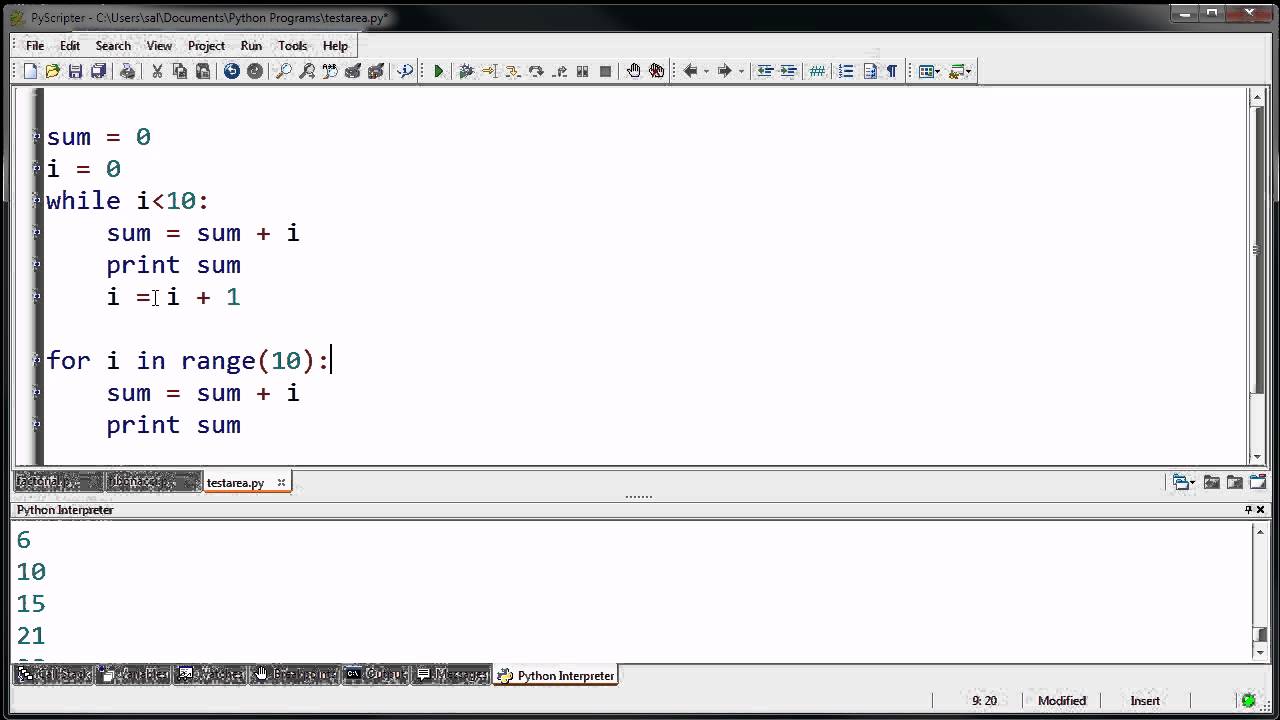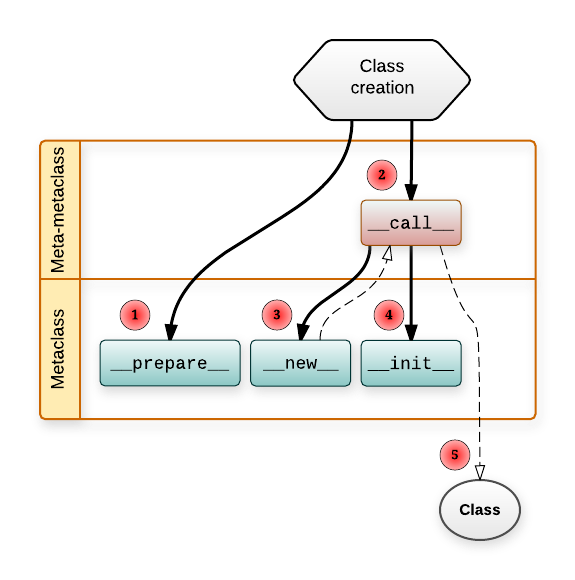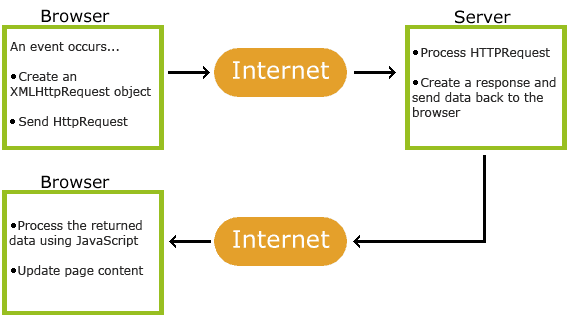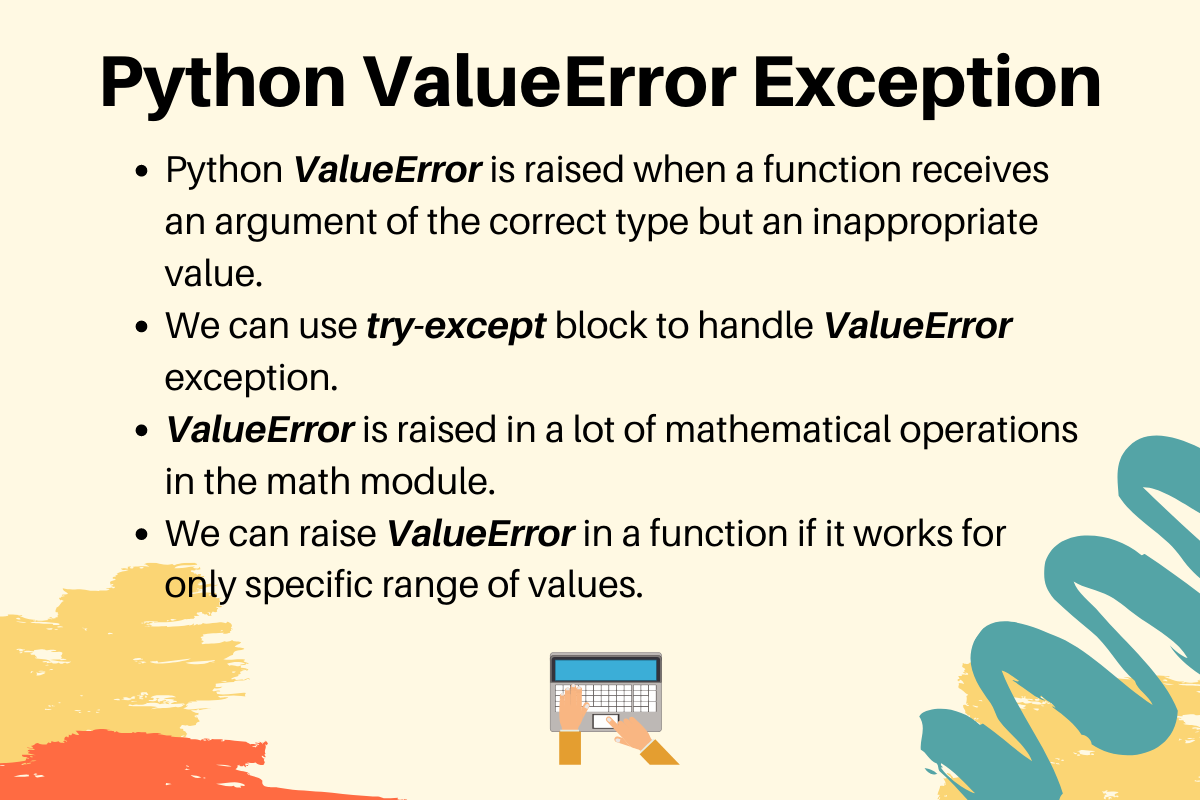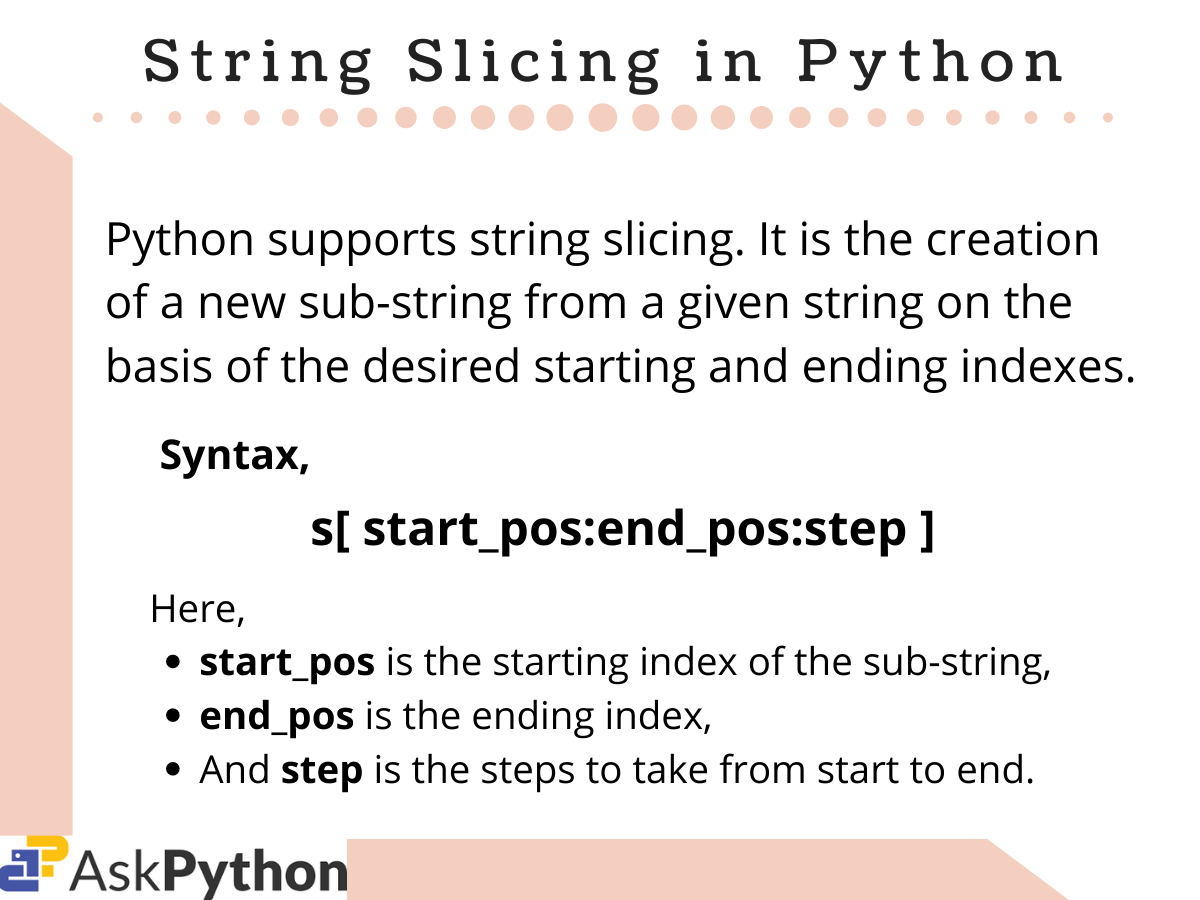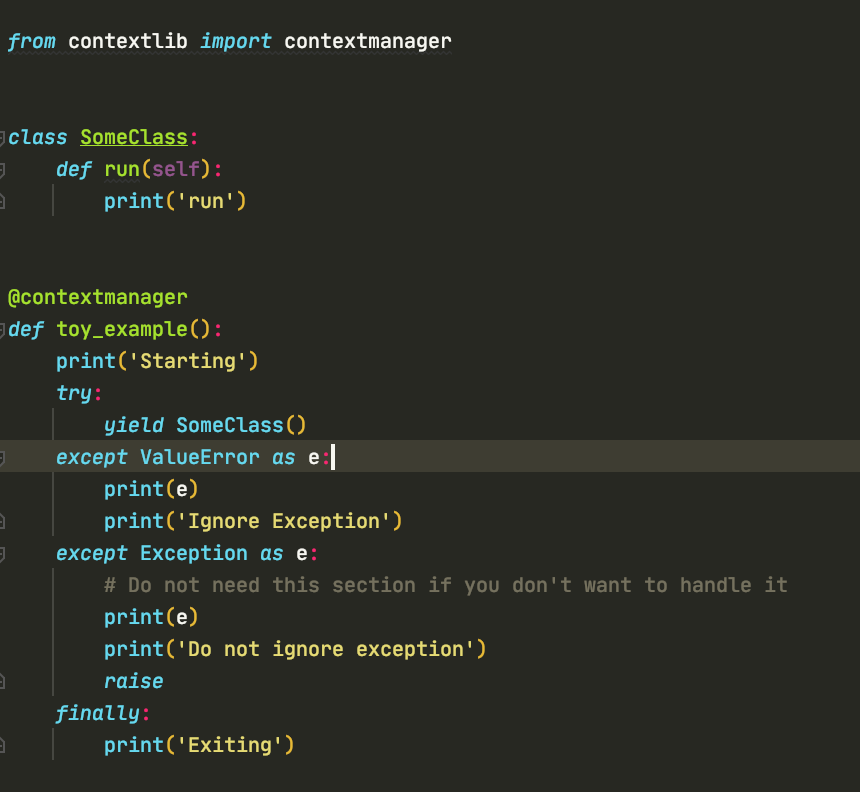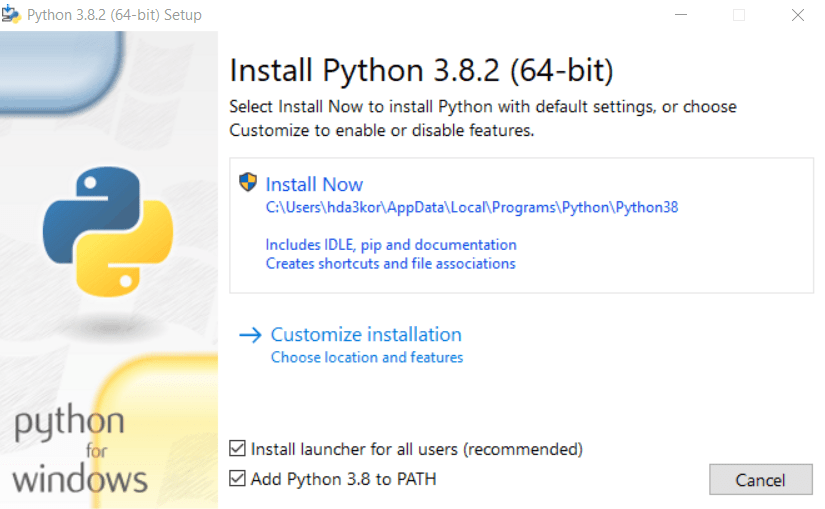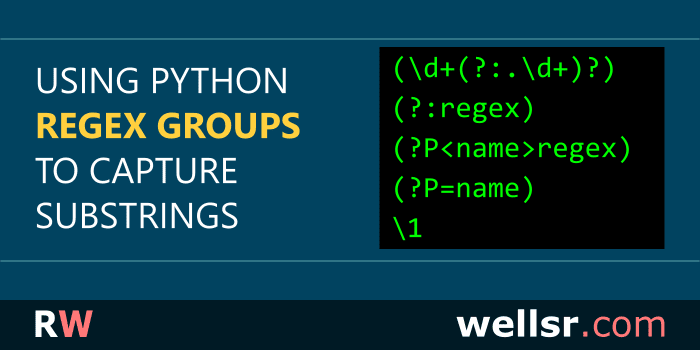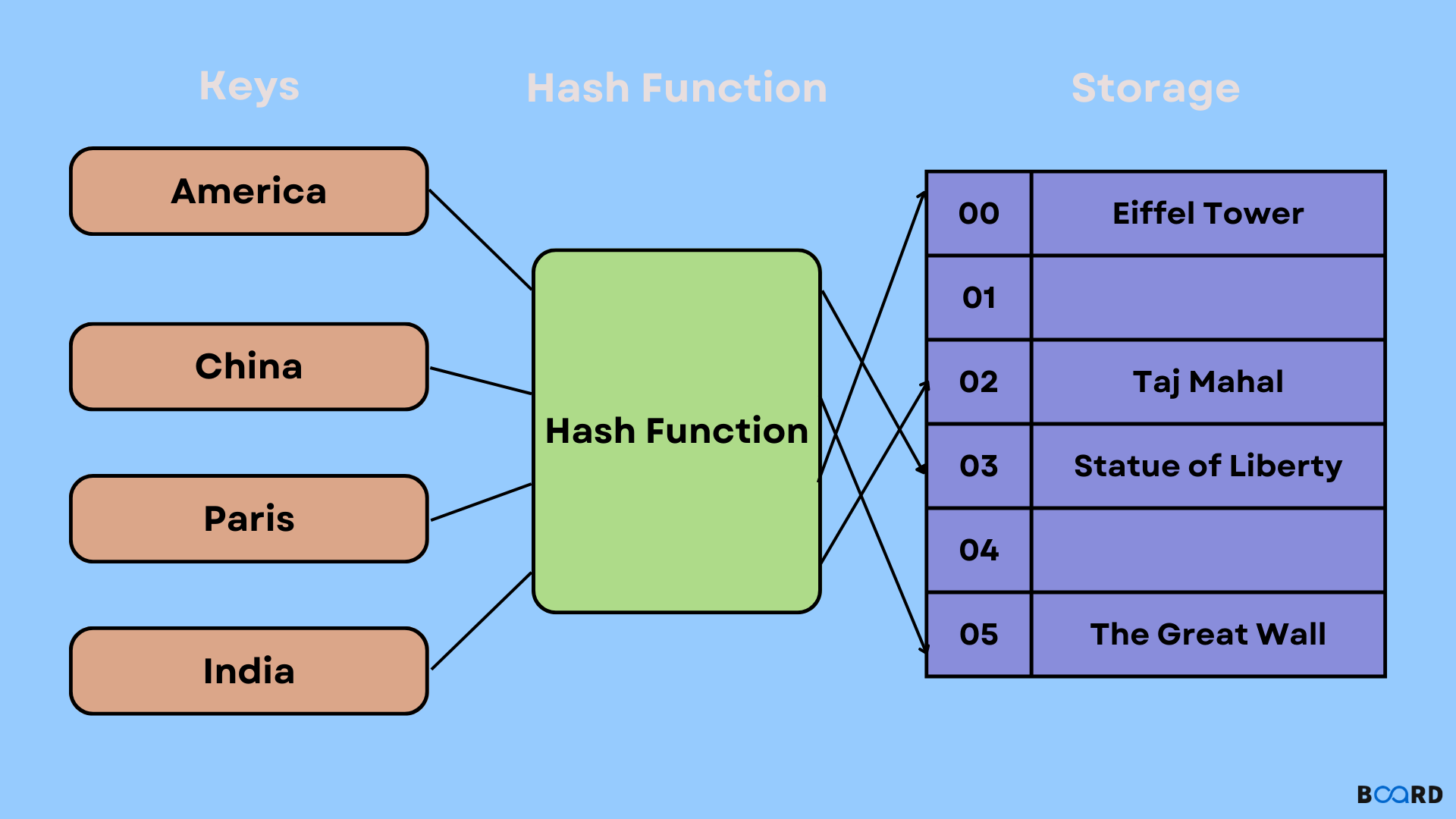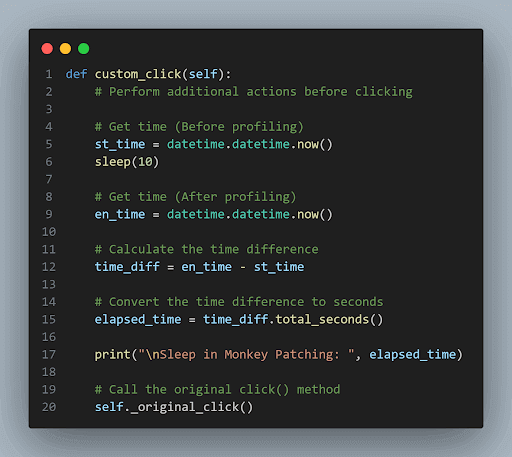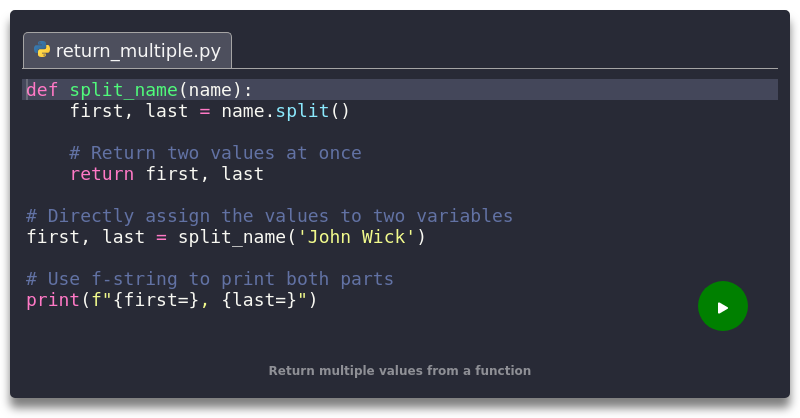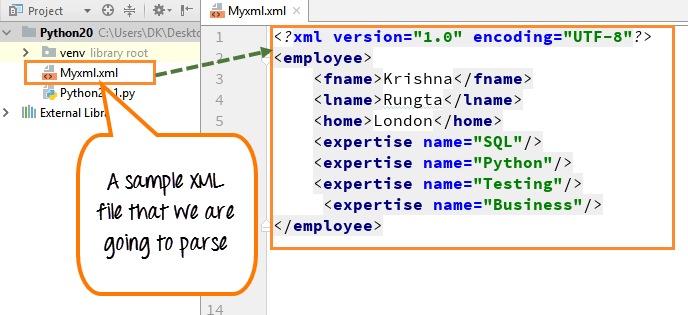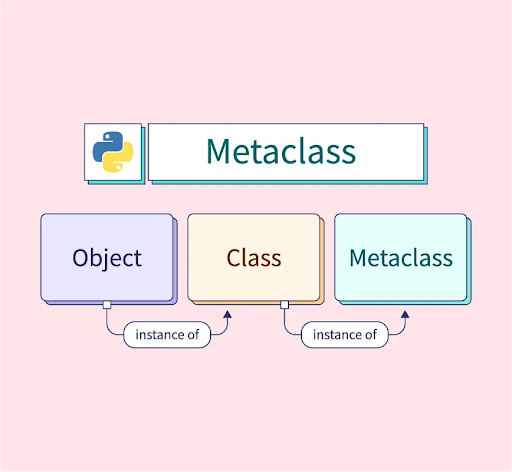What is the syntax for dictionary comprehension in Python?
What is the syntax for dictionary comprehension in Python?
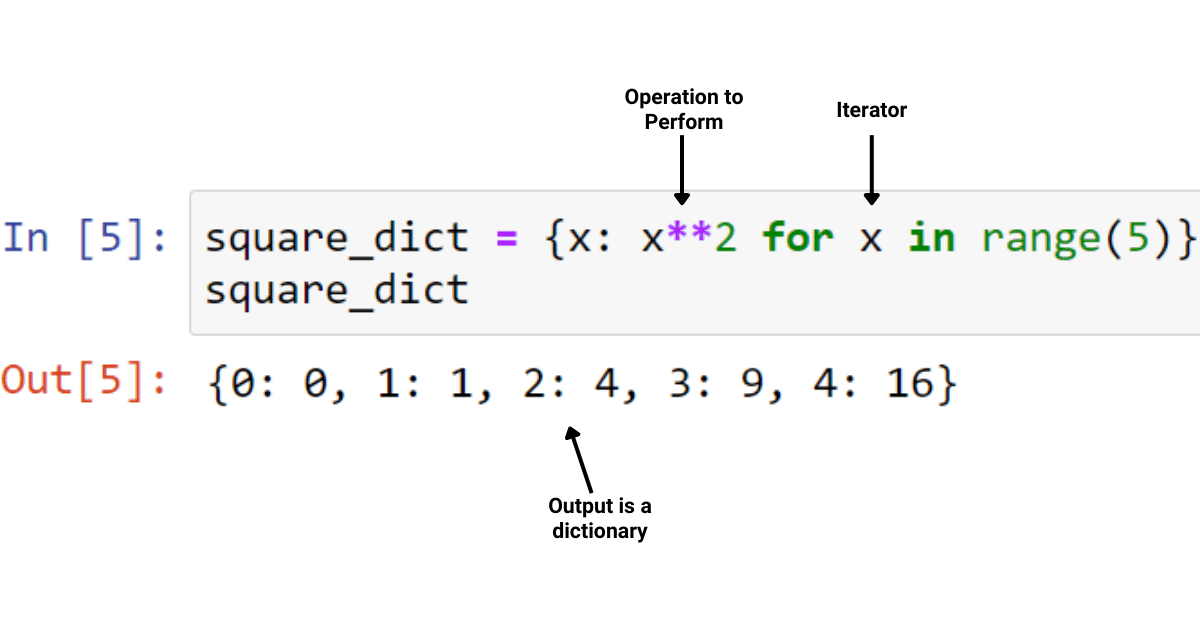
I'd be happy to help!
In Python, dictionary comprehension is a powerful feature that allows you to create dictionaries with concise and readable code. The basic syntax of dictionary comprehension is as follows:
{key: value for variable in iterable}

Let's break it down further:
{ } denotes the start and end of the dictionary comprehension.
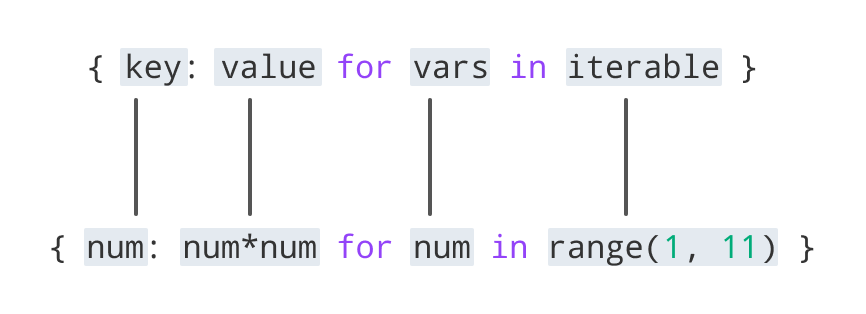
key: is the key-value pair, where key is the key you want to use in your dictionary and value is the corresponding value. for variable in iterable specifies the iteration over a sequence (such as a list or tuple), a set, or another dictionary.
Here's an example of using dictionary comprehension:
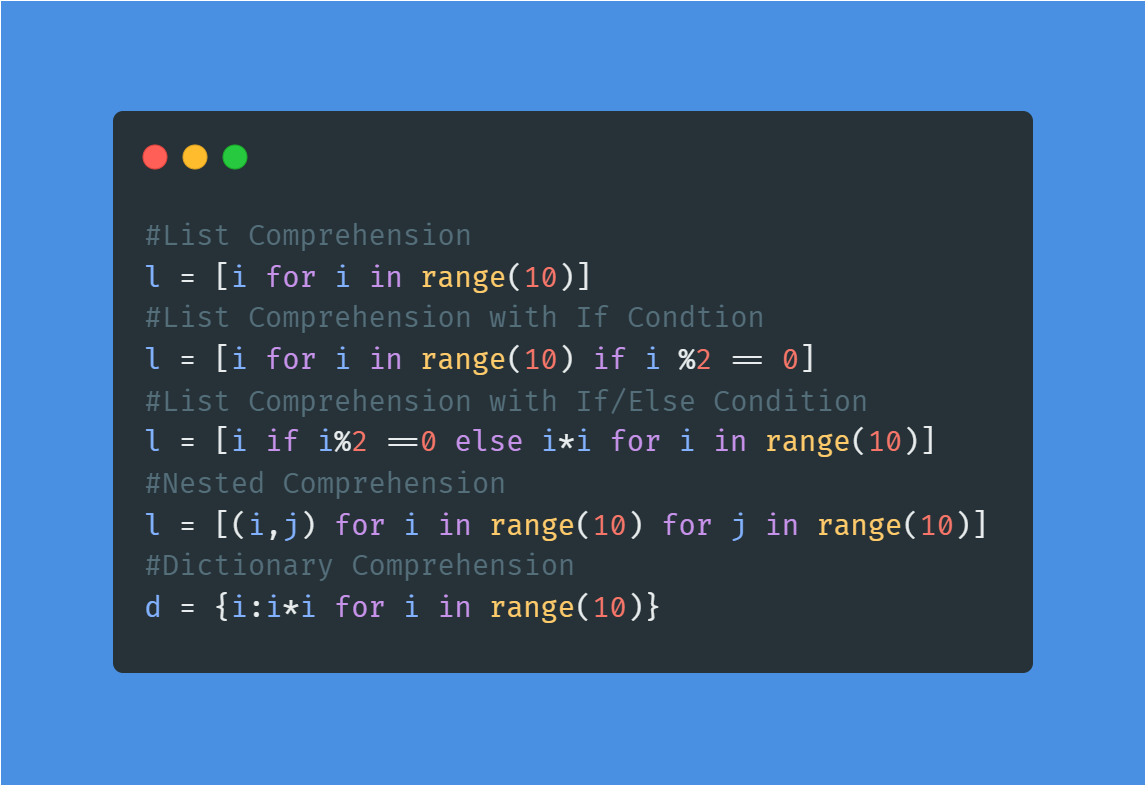
fruits = ['apple', 'banana', 'cherry']
quantities = [3, 5, 2]
fruit_quantities = {fruit: quantity for fruit, quantity in zip(fruits, quantities)}
print(fruit_quantities) # Output: {'apple': 3, 'banana': 5, 'cherry': 2}
In this example:
We have two lists:fruits and quantities. The zip() function pairs each item from the two lists together. The dictionary comprehension creates a new dictionary where the keys are the fruit names and the values are the corresponding quantities.
Here's another example:
ages = {'Alice': 25, 'Bob': 30, 'Charlie': 20}
names = ['Charlie', 'Alice']
age_names = {name: age for name, age in zip(names, ages.values())}
print(age_names) # Output: {'Charlie': 20, 'Alice': 25}
In this example:
We have a dictionaryages with names as keys and ages as values. The zip() function pairs each name from the list names with the corresponding age value from the dictionary ages. The dictionary comprehension creates a new dictionary where the keys are the names and the values are the corresponding ages.
Dictionary comprehension can also be used to create dictionaries based on conditions:
numbers = [1, 2, 3, 4, 5]
even_numbers = {num: num**2 for num in numbers if num % 2 == 0}
print(even_numbers) # Output: {2: 4, 4: 16}
In this example:
We have a list of numbers. The dictionary comprehension creates a new dictionary where the keys are the even numbers from the list and the values are their squares.These examples demonstrate the basic syntax and some common use cases for dictionary comprehension in Python. With practice, you can master this powerful feature to create concise and readable code!
What is the syntax for list comprehensions in Python?
List comprehensions are a powerful feature in Python that allows you to create new lists by performing operations on iterables such as lists, tuples, and sets. The basic syntax of list comprehension is:
[expression for variable in iterable]
Here:
expression is the operation or function that you want to apply to each element in the iterable. variable is the temporary name given to each element in the iterable during the iteration. iterable is a list, tuple, set, or dictionary that you want to iterate over.
Let's break down this syntax further:
Expression: This is the operation or function that you want to apply to each element in the iterable. It can be as simple as returning an existing value, likex for example, or it can involve more complex logic involving multiple variables and conditional statements. Variable: This is a temporary name given to each element in the iterable during the iteration. You can think of it as a placeholder that you use inside your expression to refer to the current element being processed. Iterable: This is the list, tuple, set, or dictionary that you want to iterate over. It's what drives the iteration and makes the expression get executed for each element.
Here are some examples of how you can use list comprehensions:
Example 1: Square each number in a list
numbers = [1, 2, 3, 4, 5]
squared_numbers = [x ** 2 for x in numbers]
print(squared_numbers) # Output: [1, 4, 9, 16, 25]
Example 2: Convert a list of strings to uppercase
words = ['hello', 'world', 'python']
uppercase_words = [word.upper() for word in words]
print(uppercase_words) # Output: ['HELLO', 'WORLD', 'PYTHON']
Example 3: Filter out even numbers from a list
numbers = [1, 2, 3, 4, 5, 6]
odd_numbers = [x for x in numbers if x % 2 == 1]
print(odd_numbers) # Output: [1, 3, 5]
Example 4: Flatten a list of lists
nested_lists = [[1, 2], [3, 4], [5, 6]]
flattened_list = [x for sublist in nested_lists for x in sublist]
print(flattened_list) # Output: [1, 2, 3, 4, 5, 6]
These are just a few examples of what you can do with list comprehensions. They're incredibly powerful and flexible, and they can greatly simplify your code when working with lists in Python.
One last thing to note is that you can also use if statements inside the comprehension to filter out elements or apply more complex logic. For example:
numbers = [1, 2, 3, 4, 5]
squared_numbers = [x ** 2 for x in numbers if x % 2 == 0]
print(squared_numbers) # Output: [4, 16]
This comprehension squares each even number in the numbers list.
And that's it! List comprehensions are an essential part of Python programming, and I hope this helps you get started with using them in your own projects.
